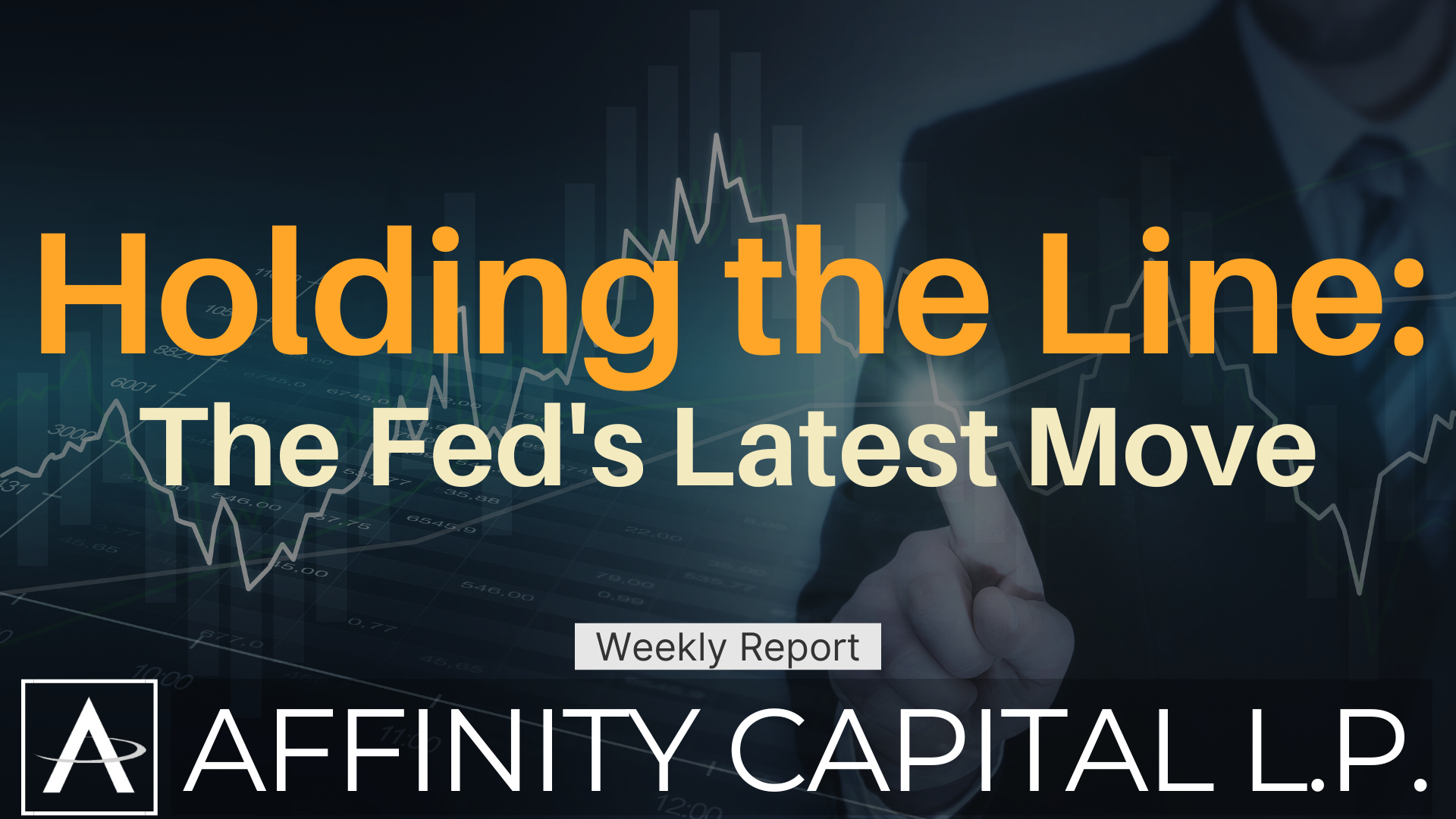Holding the Line: The Fed's Latest Move

The Federal Reserve announced its decision to maintain the federal funds rate at 4.25%–4.5%, marking the fourth consecutive meeting without a change. This move aligns with market expectations and reflects the Fed's cautious approach amid evolving economic conditions.
Key Takeaways from the Fed's June 18 Announcement:
- Interest Rates Held Steady : The Fed opted to keep rates unchanged, signaling a "wait-and-see" stance as it assesses the impact of recent economic developments, including the administration's tariff policies.
- Inflation and Growth Projections Adjusted : The central bank revised its economic forecasts, anticipating inflation to rise to 3% by year-end, up from the previous 2.7% estimate. Concurrently, GDP growth projections were lowered to 1.4%, indicating a moderation in economic expansion.
- Tariff-Related Uncertainties : The Fed highlighted the potential inflationary pressures stemming from the administration's new tariff policies, which could disrupt supply chains and elevate costs across various sectors.
- Future Rate Cuts Signaled : Despite current uncertainties, the Fed's "dot plot" indicates that a majority of policymakers foresee at least two rate cuts later this year, contingent on economic developments.
Market Reactions and Economic Implications:
Following the Fed's announcement, financial markets exhibited mixed reactions. The S&P 500 (SPY) and Nasdaq Composite (QQQ) experienced modest gains, reflecting investor optimism about potential future rate cuts. However, the Dow Jones Industrial Average (DIA) remained relatively unchanged, indicating caution among investors. In the bond market, the yield on the 10-year Treasury note (TLT) remained stable, suggesting that investors are maintaining a balanced outlook on interest rates and economic growth.
The Fed's decision underscores its commitment to data-driven policy-making, balancing the need to support economic growth with the imperative to control inflation. While the prospect of future rate cuts may provide some relief to borrowers and stimulate investment, the prevailing uncertainties—particularly concerning trade policies and global geopolitical tensions—warrant a prudent and measured approach.
Investment Strategy Considerations:
In light of these developments, we recommend the following strategic considerations:
- Diversification : Maintain a diversified portfolio to mitigate risks associated with market volatility and economic uncertainties.
- Quality Assets : Focus on high-quality assets with strong fundamentals that can withstand economic fluctuations.
- Interest Rate Sensitivity : Monitor interest rate movements closely, as future rate cuts could impact sectors differently.
- Global Exposure : Be mindful of the potential effects of international trade policies on global markets and adjust exposures accordingly.
We will continue to monitor the economic landscape and provide updates as new information becomes available. We’re always here to answer your questions and provide the support you need. Our commitment to "Wealth Management for Life" drives us to offer lasting guidance for your family’s financial well-being.




